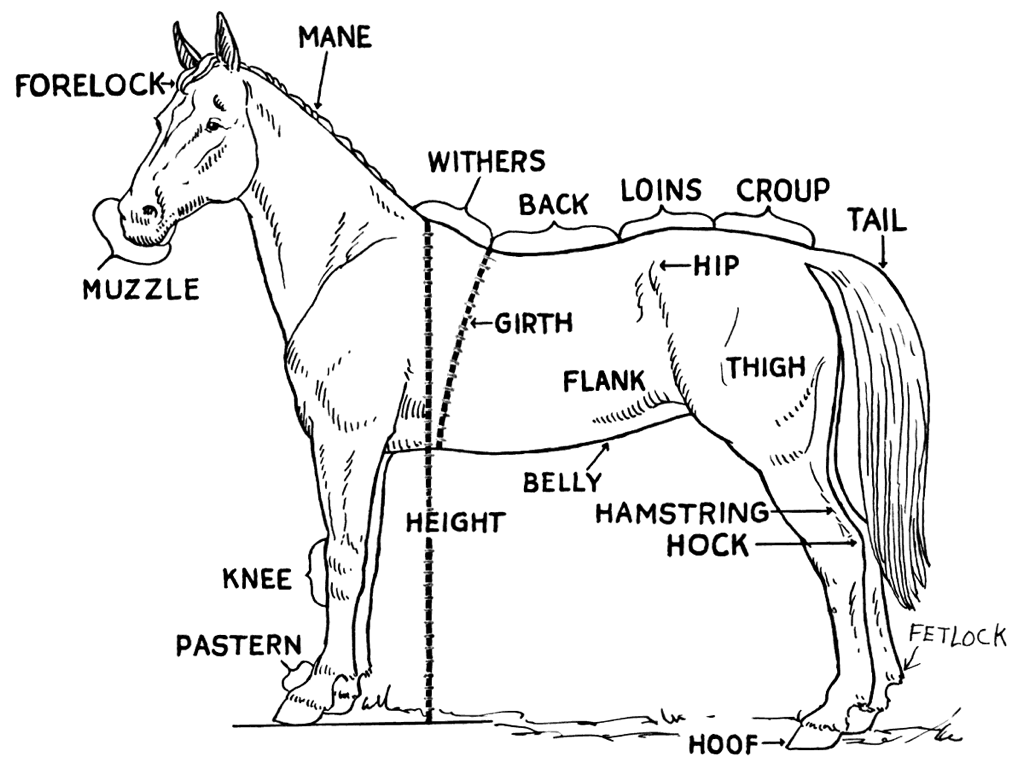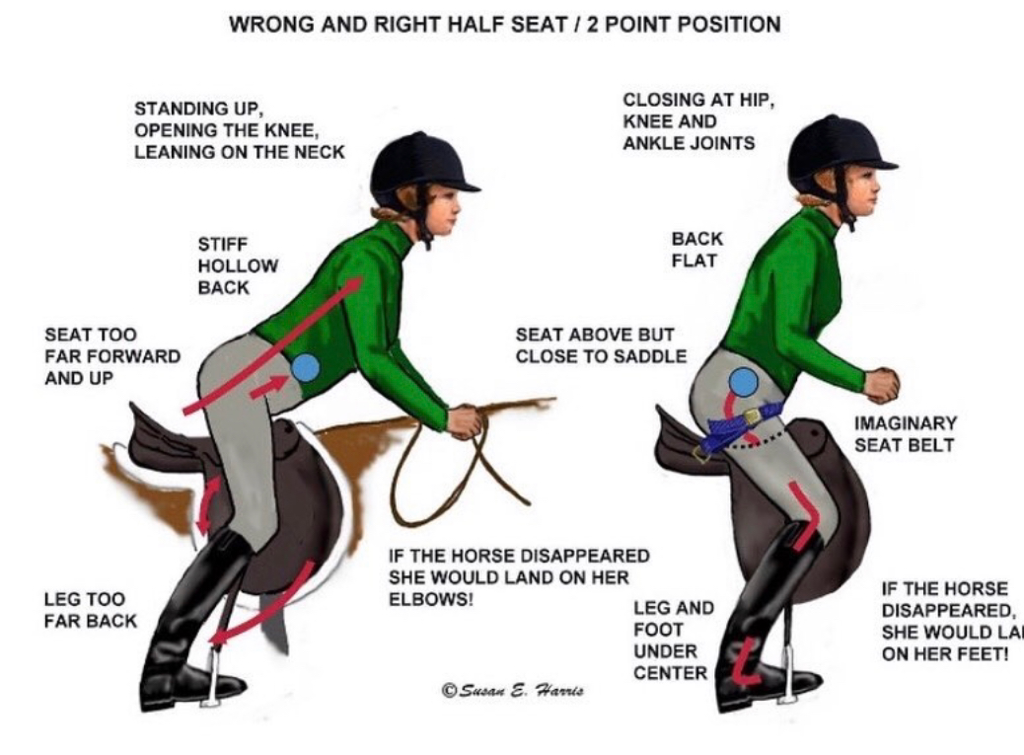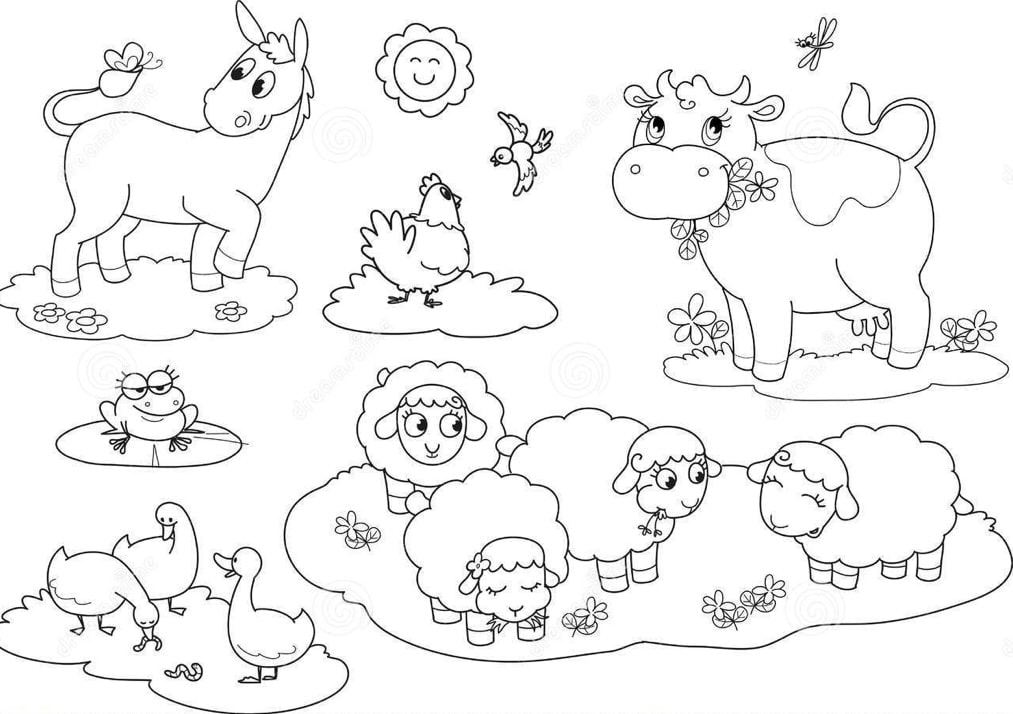Fun Facts & Activities
DID YOU KNOW?

OR ABOUT HORSENALITY?

LEARN ABOUT HORSENALITY

HOW TO MEASURE A HORSE WITH HANDS
The “Hand” Measurement for Horses
When someone asks "How tall is this horse?", the answer usually comes in units known as the "hand." It is a common unit of measurement now used only for quantifying the height of the horse.
Tracing a tradition backward is a dicey proposition. We know that today a "hand" is 4 inches, with one inch increments, and the measurement is from level ground to the highest non-variable skeletal structure on the horse, the withers.
History suggests that at one time, perhaps 5,000 years ago, it was as rudimentary as stacking a man's clenched fist one upon another, which tells us it was rather rough and inaccurate.
At some point, horse owners, and especially traders, agreed that the "hand" will always represent 4 inches, and will always measure the height from level ground to the withers.
But why a "hand"? In the ancient Mediterranean cultures, the hand unit developed – along with other measures – based upon references people of the time could relate to, such as body parts (e.g., foot). The problem was, whose foot, or whose hand? There were some inaccuracies.
Ancient Egypt - 3,000 BC
According to encyclopaedic sources, the "hand" measurement was four fingers wide at one point in time, and at others it was four fingers and a thumb wide. The rules of trade demanded the same measurement everywhere, and the hand was eventually standardized by the Egyptians around 3,000 BC based upon a complex system including the "cubit." Because of the enormous influence of the Egyptian culture, use of this system migrated to other countries and cultures.
The Cubit
In the Egyptian system, measurement was based on the cubit (sometimes mentioned in reference to the construction of the pyramids or Noah's ark). The Egyptian cubit is generally recognized as having been the most widely accepted standard of linear measurement in the very ancient world.
The cubit was based on the length of the arm from the elbow to the extended fingertips, an arbitrary distinction, which was then standardized by a royal master cubit of black granite. It was kept in a royal vault and all the cubit sticks in use in Egypt were measured at regular intervals.
This was not a planned system. It evolved, growing out of custom and popular usage, unlike planned systems of measurement like the Metric or the International System of Units (ISU) that we are more familiar with today.
The standardized "hand" has become as good an increment to use in the determination of a horse's height at the withers as any other. But it is by no means the only means.
Regardless of its origin, the hand has become a tradition of British measurement. In the rest of Europe however, height was – and still is – measured in metres and centimetres. In some places, like Europe and South Africa, there exists the dual situation of measurement in hands and centimetres.
Name: _______________________________________________
1. Where did the hand measurement originate from?
a. Egypt b. Sumeria c. Greece d. Japan
2. The horse’s withers is equivalent to what part of a human’s body?
a. top of head b. shoulders c. hips d. tailbone
3. Most early measurements were based on what?
a. a base 10 system b. references to the body (hand or foot)
c. sizes of animals d. biblical references
4. Why are these types of measurements inaccurate?
a. the written language was not developed b. horses were smaller
c. humans come in different sizes d. traders would lie about sizes
5. How long is a cubit?
a. four fingers b. one complete step c. waist to shoulders d. elbow to fingers
6. If you were to measure your leg in hands, which measurement would most likely fit?
a. 3-5 b. 12-20 c. 30-50 d. 80-100
7.. What other measurement is commonly used in English-speaking an country that is based on a body part?
a. cubit b. pace c. centimeter d. foot
8. Measurements that are “standard” do not: a. compute b. vary c. travel d.
HORSES SLEEPING, SNORING, AND FARTING
WHAT TREATS ARE OKAY TO GIVE TO HORSES?
When feeding treats, remember the acronym A.I.M. – Always In Moderation. Keep your treats as close as possible to the natural diet and enjoy being a hero to your horse!
Feed only a small amount. Feeding your horse 15 large carrots at a time may create more of a meal than a treat. For an average size horse, one or two carrots is sufficient. Feeding too much of any treat can have negative effects on balanced diets like lowering protein content, raising starch levels, and diluting vitamins and minerals. In addition, too much of certain treats can lead to severe digestive upset and even colic or laminitis.
Foods That Horses Can Safely Eat:
- Flour (White and Whole Wheat)
- Molasses
- Cinnamon (in SMALL amounts)
- Peanut Butter
- Eggs
- Applesauce
- Oatmeal (rolled oats, steel cut oats, Irish oats, quick oats)
- Honey
- Sugar, brown sugar & powdered sugar
- Peppermint and most hard candies (NOT chocolate)
- Food coloring
- Raisins
- Grated apples and carrots
- Bran
- Bananas
- Dried fruit
- Pumpkin
- Cereal (Fruit Loops, Rice Krispies, Cheerios)
- Cookie Icing, Frosting & Sprinkles
- Salt
- Corn oil and corn syrup
- Pretzels
- Graham Crackers
- Ginger snaps and gingerbread
- Ice cream cones (sugar and cake cones)
- Pancakes and waffles
- Butterscotch
- Marshmallow
- Peanuts
- Almonds
- Cashews
- Sunflower seeds
- Sesame seeds
- Chia seeds
Foods That Horses SHOULD NOT Eat:
Note: this list is NOT 100% of every food that a horse should not eat! Please do your research before feeding a horse anything that isn’t on this list.
- Cattle feed
- Alsike clover
- Dusty, moldy or very old hay
- Cruciferous vegetables like kale, Brussel sprouts, cabbage, broccoli or other things in the cabbage family (can cause severe gas if fed in large amounts)
- Meat of any kind
- Chocolate
- Lawn clippings and clippings from your garden (these can contain poisonous plants, can cause choking, and can drastically change their pH)
- Fresh bread, donuts, etc. – these items can become a doughy mass in the digestive tract and cause a blockage.
- Sweet Feed (COB & unfortified sweet grains) can quickly unbalance the diet when enough is fed as a “treat”.
CLICK PHOTO TO PRINT AND COLOR

